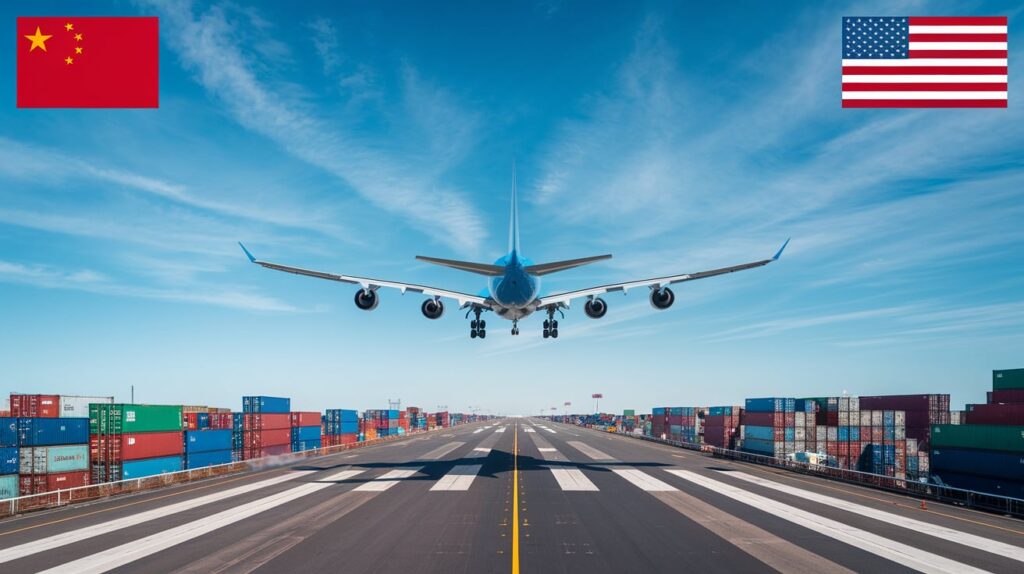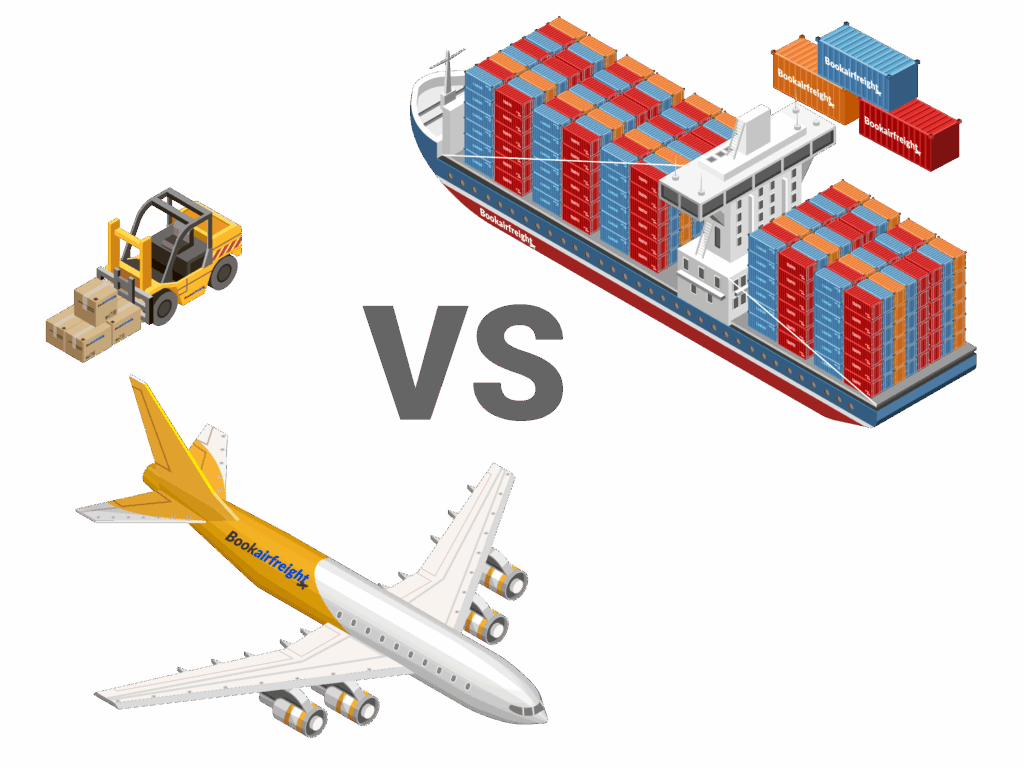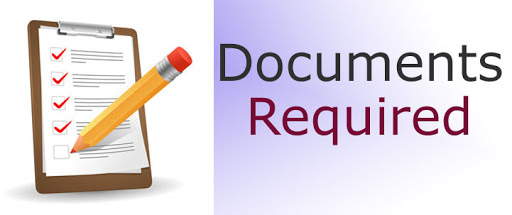- By TOP CHINA FREIGHT
- September 26, 2025
- Air Freight, Shipping
Table of Contents
Air freight China to US is the preferred option for businesses that need speed, security, and efficiency. With trade volumes growing in electronics, pharmaceuticals, textiles, and machinery, importers often face challenges balancing shipping costs with urgent delivery schedules. While sea freight is cheaper, it takes weeks, making air freight the most reliable solution for time-sensitive and high-value goods. This guide explores everything you need to know—from costs and transit times to documentation, packaging, and customs compliance.

Why Choose Air Freight from China to the US?
Air shipping is ideal when delivery speed and reliability are non-negotiable.
- Speed: Delivery within 3–7 days compared with 25–40 days by sea.
- Security: Reduced theft and damage risks due to tighter airport handling.
- Connectivity: Direct flights link major Chinese hubs to US gateways daily.
- Flexibility: Suitable for electronics, medical devices, perishable foods, and fashion goods.
Although more expensive, the value of meeting deadlines, protecting goods, and maintaining supply chain flow outweighs the cost difference for many industries.
How Much Does Air Freight China to US Cost?

Air freight rates depend on weight, volume, cargo type, and seasonal demand. Airlines charge based on chargeable weight (actual or volumetric).
| Cargo Type | Cost Range (per kg) | Notes |
|---|---|---|
| General cargo | $4 – $6 | Textiles, consumer goods |
| Electronics | $5 – $8 | Added insurance & secure handling |
| Perishables | $6 – $10 | Requires cold chain logistics |
| Dangerous goods | $8 – $15 | IATA compliance required |
Rates fluctuate with fuel prices, capacity shortages, and holiday demand.
How Long Does Air Freight Take from China to the US?
Transit time varies depending on origin, destination, and customs clearance.
| Route | Estimated Transit Time |
|---|---|
| Shanghai to Los Angeles | 3–5 days |
| Shenzhen to New York JFK | 4–6 days |
| Beijing to Chicago O’Hare | 4–7 days |
| Guangzhou to Miami | 5–7 days |
While delays can occur during peak seasons, air freight consistently offers the fastest delivery compared with sea and rail options.
How Does Air Freight Compare with Sea?

| Mode | Transit Time | Cost | Pros | Cons |
|---|---|---|---|---|
| Air Freight | 3–7 days | High | Fast, reliable, secure | Expensive, weight limits |
| Sea Freight | 25–40 days | Low | Best for bulk cargo | Very slow |
What Customs Documents Are Needed for Air Freight?

Compliance is essential to avoid clearance delays in China or the US.
| Document | Purpose |
|---|---|
| Commercial Invoice | Declares value of goods |
| Packing List | Details cargo contents |
| Air Waybill (AWB) | Contract with the carrier |
| Certificate of Origin | Confirms manufacturing country |
| Import Licenses (if applicable) | Required for restricted goods |
Errors or omissions often cause costly delays, so double-check paperwork before departure.
How Does Cargo Type Influence Air Freight Costs?
Insurance and secure handling raise costs.
Require cold chain, temperature controls, and monitoring.
Must comply with IATA packaging, labeling, and documentation rules.
May incur volumetric charges if bulky but light.
What Role Does Packaging Play in Air Freight Success?
- Cost Efficiency: Lightweight materials minimize chargeable weight.
- Cargo Protection: Foam inserts, corrugated boxes, and reinforced edges prevent damage.
- Compliance: Dangerous goods require IATA-approved packaging and hazard labels.
- Customs Speed: Clear labels and standardized carton sizes simplify inspections.
Proper packaging ensures safety, avoids rejections, and reduces costs in the long run.
What Are the Main Challenges in Air Freight China to US?
Capacity Shortages
- High demand during holidays limits space.
- Solution: Book early or use consolidation.
Customs Delays
- Mistakes in paperwork cause inspections.
- Solution: Work with experienced freight forwarders.
High Costs
- Unsuitable for bulky cargo.
- Solution: Combine air and sea freight for flexibility.
Sustainability Concerns
- Higher carbon footprint.
- Solution: Use greener packaging and carbon-offset programs.
Which Airports Handle Air Freight Between China and the US?
- China: Shanghai Pudong (PVG), Beijing Capital (PEK), Shenzhen Bao’an (SZX), Guangzhou Baiyun (CAN).
- US: Los Angeles (LAX), Chicago O’Hare (ORD), New York JFK, Miami (MIA).
Direct routes and frequent departures make these hubs the backbone of the trade lane.
Case Study: Medical Equipment Shipment from Shanghai to New York

A US distributor urgently needed 1.5 tons of ventilators during peak medical demand. Sea freight was not viable due to the 30-day transit. Using air freight China to US, the goods arrived in New York within 4 days. Despite higher transport costs, the timely delivery allowed the distributor to fulfill hospital contracts and maintain client trust. The premium for air freight was justified by business continuity and life-saving outcomes.
Conclusion
Air freight China to US is the fastest, most secure, and most reliable method for time-sensitive or high-value shipments. While costs are higher than sea freight, the benefits of speed, security, and reduced risk make it the preferred choice for many industries. By preparing documentation properly, using efficient packaging, and working with experienced forwarders, importers can optimize costs and ensure smooth delivery. For businesses where deadlines and reliability are critical, air freight remains the best shipping option.
Need a Shipping Quote?
If you want expert guidance and peace of mind, our team is ready to assist.
TJ China Freight offers tailored solutions to help businesses of all sizes ship more reliably from China.

FAQ
Q1:What is the average cost per kg for air freight?
Rates range between $4–$10 per kg depending on weight, cargo type, and season.
Q2:Which goods are ideal for air shipping?
Electronics, medical devices, perishable foods, fashion goods, and high-value items.
Q3:Can dangerous goods be shipped by air?
Yes, but they require IATA-approved packaging, labels, and documents.
Q4:Do I need insurance for air cargo?
Insurance is strongly recommended for high-value and fragile shipments.
Q5:How can I save on air freight costs?
Book early, consolidate shipments, and optimize packaging to reduce volumetric weight.
